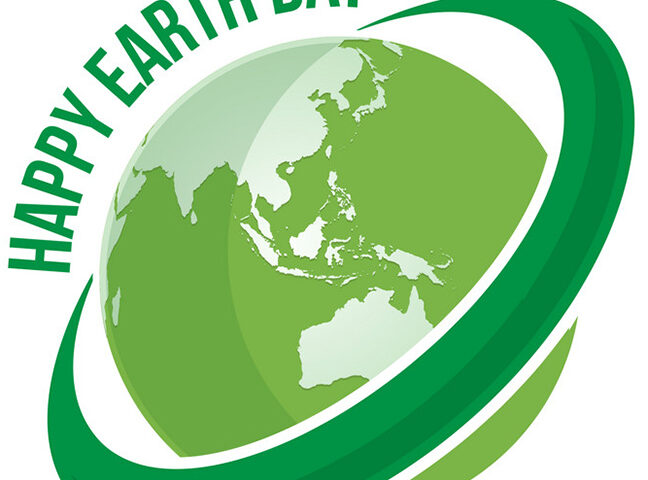This coming Friday marks the 52nd anniversary of Earth Day.
Through the mid-1960s, many places in the U.S. were living an Earth nightmare, of sorts.
Especially on this end of the country.
In the Mountain State, rivers and creeks were beginning to show the lethal orange tint of acid mine drainage.
These days, West Virginians are still grappling with orange rocks along the creek bed, as whole communities continue to deal with the ramifications of mountaintop removal and the geologic Pandora’s box that practice has opened into the valleys below.
“Earth Day is even more relevant to young people in 2022,” Traci Knabenshue said.
And that’s because it has to be, said Knabenshue, who directs WVU’s sustainability efforts in a place that still hangs its miner’s hat on fossil fuels.
“There are the ongoing changes to our climate,” she said. “And the energy issues with the fighting in Ukraine.”
Earth Day, she said, shows a better way, echoing West Virginia’s once-robust, back-to-the-land movement of the late 1960s and early ’70s.
On the campus of WVU, Earth Day gets a whole week, with wildflower walks, e-cycling events, tree plantings and a passel of recipes showing how you can shrink your “foodprint” — what you eat does affect the environment — via your dinner menu.
Visit https://sustainability.wvu.edu/earthday for the full rundown of events across campus and the community.
If you’re new to the movement, she said, Sunday is a good time to sink your feet in, with the annual Spring Ephemeral Wildflower Walks at the Core Arboretum, a 91-acre expanse of greenery sloping down from Monongahela Boulevard on the Evansdale campus.
Walks will commence at noon, 12:30 p.m., 3 p.m. and 3:30 p.m., hosted by the university’s Department of Biology. Walks will be held at the same times April 24.
How the arboretum came to be could be considered a forerunner to Earth Day in microcosm.
In 1948, with WVU teeming with soldiers back from Word War II who were transforming into students under the G.I. Bill, the Evansdale campus was coming up quickly, in an area that had once been occupied by family farms.
Fearing urban sprawl, Earl Lemley Core, the WVU professor and Biology chair, successfully petitioned university administrators to set aside at least a quadrant of what was, for the study of biology and botany, and the simple enjoyment of communing with nature for generations to come.
WVU named the arboretum in Core’s honor in 1975.
Community members can also lend a hand in righting some environmental wrongs right here in Morgantown.
On Tuesday, students are welcome to help clean up the campus, as part of a litter pick-up party. All clean-up supplies will be provided.
Sign-ups are available online at Campus & Community Litter Cleanup | WVU Center for Community Engagement.
As another way to help, WVU invites those interested to join the WVU Tree Campus Committee to help clear out invasive plants from the rain gardens near the CPASS building. According to WVU, the gardens serve to capture and filter stormwater and function as tree nurseries for saplings before they get planted elsewhere on campus. To sign up for this effort, go to Rain Garden Volunteers | WVU Center for Community Engagement.
For those looking to improve their selfie game while also being green, the university has also issued its Fill It! Photo Challenge. Students are encouraged to take photos of themselves using any of the 90 bottle-filling stations on campus and share those photos on social media. Each filling station has a QR code that can be scanned before snapping, and posting the photos using the hashtag #FillItPhotoChallengeWVU and tagging the university at @letsconservewvu. Participants will be entered to win a prize on Earth Day, April 22.
More events are scheduled throughout the week, including a tree planting ceremony at 1 p.m. on Arbor Day, which is Thursday, at the east entrance of the Ag Sciences Building (near the hammocks).
TWEET @DominionPostWV




